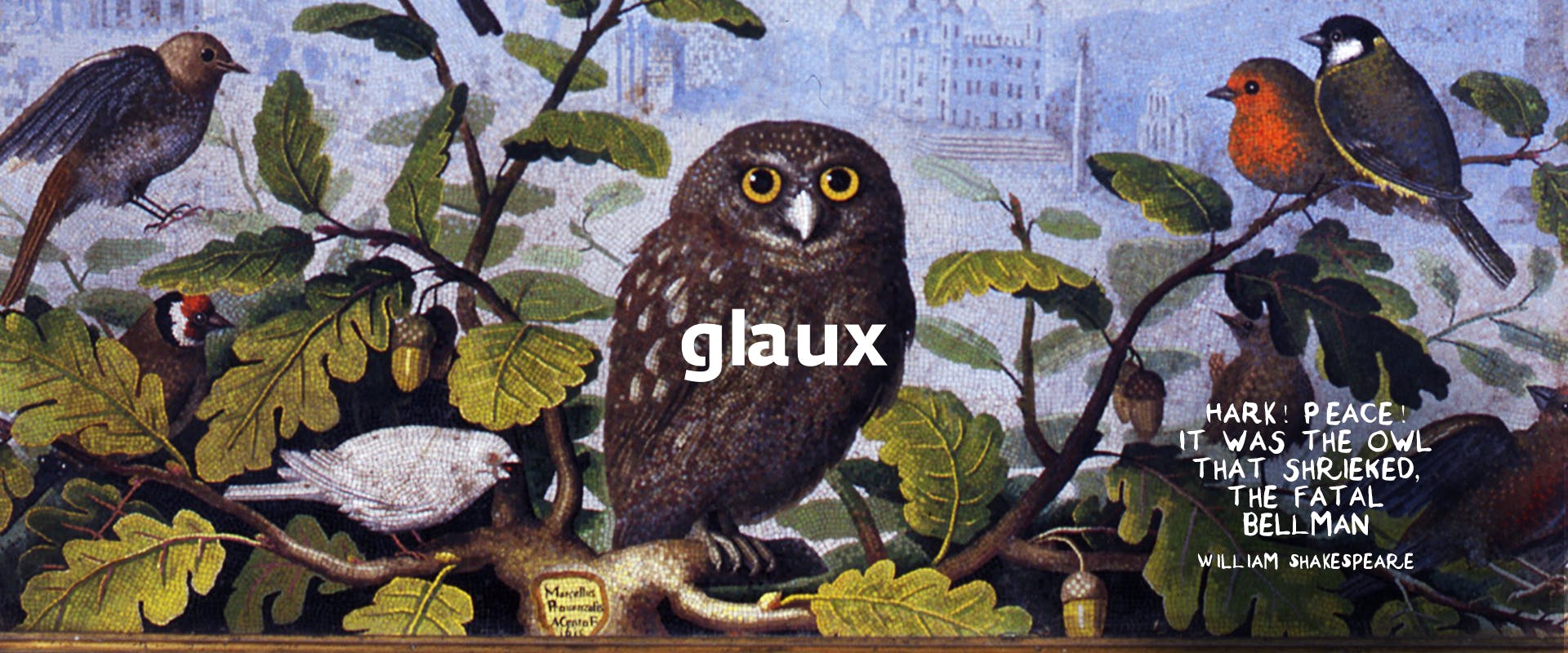A new digital season
The new website opens a brand new season for the Uffizi Galleries: a new stage in which the public can finally enter into direct contact with the institution (which includes the Vasari Complex, Pitti Palace, and Boboli Gardens), created as an independent structure in 2014. This has also been an opportunity to create a new website that could be adapted to the requirements of current standards and regulations. In this way, not only have we made searches easier, but we have also complied with the rules governing transparency for administrative activities.
First of all, it was necessary to stamp out and ensure the closure of a whole plethora of false websites making use of the previously unprotected “Uffizi” domain. There were many of them, mainly set up to sell overpriced tickets. Some, unfortunately, are still online because they were set up outside Italy and taking them down requires time and lengthy lawsuits. In the meantime, however, the impact of information that comes directly from us will have its own decisive effect.
We have tried to create digital architecture with a functional nature that asserts itself and is as thorough as possible. Every website is a plastic entity that of course, will always need tweaks and improvements, but certainly the result achieved does cover a vast range of options and it broadly satisfies the curiosity of visitors. The art works are all traceable, because the databases built up over the last two decades are still available for consultation by scholars in their own dedicated website section. Nonetheless, considering that the general public and web surfers have different and varied types of interests, we have started a new section on the works, complete with all technical information, plus a short explanatory text: a comment that, using accessible language and without too much technical jargon, will help and inspire visitors, updating them on the most recent studies. This is a “higher” form of dissemination: the process is still in fieri, but our aim (an ambitious one, since it is a matter of thousands of data sheets) is to include all the Galleries’ collections, inserting every work on display by next year. We have also created a brand (protected by copyright) that will be the universally recognised trademark of the Uffizi Galleries in the future. We have, of course, a G and U, woven together and set on backgrounds of different colours according to the relative sections, and these act as an additional guide. We are using gold for the Gallery of the Statues and Paintings, and for the whole Vasari Complex; red for Pitti Palace, and green for the Boboli Gardens. What we know as a “brand” actually dates back to the identifying symbols that humankind has always used, since ancient times, just as “marketing”, which is so disliked by a certain group of intellectuals, is no more than the disciplinary development of ancient rhetoric. The application of new communications strategies to the activity of State museums such as the Uffizi Galleries, using the latest means, is sacrosanct. This is not only to define and defend their identity and aims, but also to remind us that their collections were tied to Florence in 1737 by the last descendant of the Medici family, Anna Maria Luisa, also for “Public use and to attract the curiosity of Visitors”.
Related articles
Carmi e Ubertis, Branding for the Uffizi Galleries
Matteo Papadopoulos / Cantiere Creativo, Gallerie degli Uffizi: a new website
